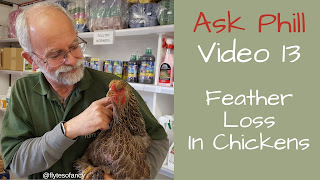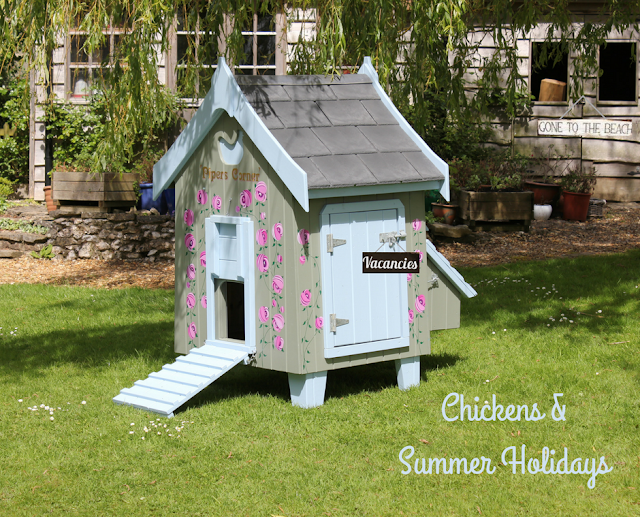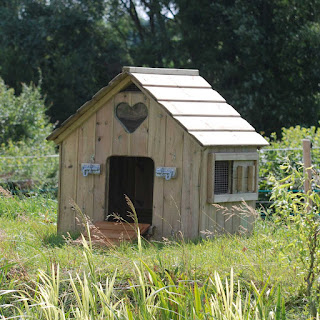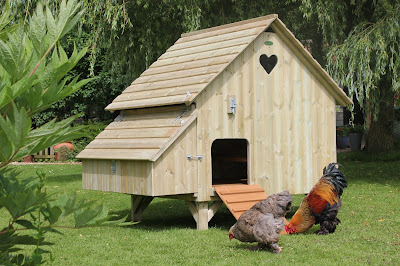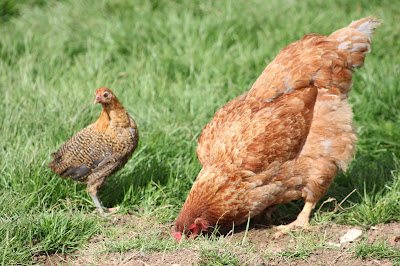It was almost a year ago that DEFRA (Department for Environment, Food and Rural Affairs) announced an Avian Influenza protection zone, triggered by an outbreak of H5N8 Bird Flu, most likely brought in by the winter migration of wild birds to the UK. A precautionary measure was put in place to keep domestic poultry separate from wild birds in a bid to contain the outbreaks.
Many poultry keepers were simply not prepared for the effects of DEFRA's Avian Flu restrictions which saw many birds housed indoors for a period of over four months! Birds became stressed and the free-range egg status was compromised and for some there was the heartbreaking and devastating culling of flocks. Thankfully, we have not had a confirmed new case in the UK for several months.
Nigel Gibbens, the Government's Chief Veterinary Officer has been advising poultry keepers to stay vigilant and continue to take practical steps to continue with the bio-security and to be prepared, as the risk of a new outbreak is more likely at this time of the year.
What can I do to help beat Bird Flu this winter?
Preventing contamination from wild birds in the fight against Bird Flu
Simple poultry bio-security measures will help in the fight against the Avian Flu virus H5N8
 Perhaps, the simplest and most cost effective product a poultry keeper should have in the armoury, is Virkon® S - a versatile disinfectant, DEFRA approved and effective against viruses such as those that cause Bird Flu. It is simple to mix-up to be used to disinfect feeders, drinkers, the house and you can even use a watering can to spray it over the poultry run floor! Any left over can be used to create a simple foot bath for your wellies! Good for all year-round bio security.
Perhaps, the simplest and most cost effective product a poultry keeper should have in the armoury, is Virkon® S - a versatile disinfectant, DEFRA approved and effective against viruses such as those that cause Bird Flu. It is simple to mix-up to be used to disinfect feeders, drinkers, the house and you can even use a watering can to spray it over the poultry run floor! Any left over can be used to create a simple foot bath for your wellies! Good for all year-round bio security.
For more useful products and equipment to prepare yourself for Bird Flu shop here where you will find all the products needed for your #BirdFlu armoury in one easy to find place. Flyte So Fancy offer next working day delivery to your door for orders placed before 2pm (Mon-Fri). We do our best to stock everything you need to keep your flock happy and healthy. If you need guidance about which products to choose, please do call us on 01300 345229.
Or visit the Bird Flu hints and tips page on our website for more information.
If you have any questions about any of the products mentioned or if you want to ask me a question to be featured in a future #AskPhill video, leave a comment below, or call us on 01300 345229 to speak to a member of the FSF Team.
Thanks for Reading.
Phill






